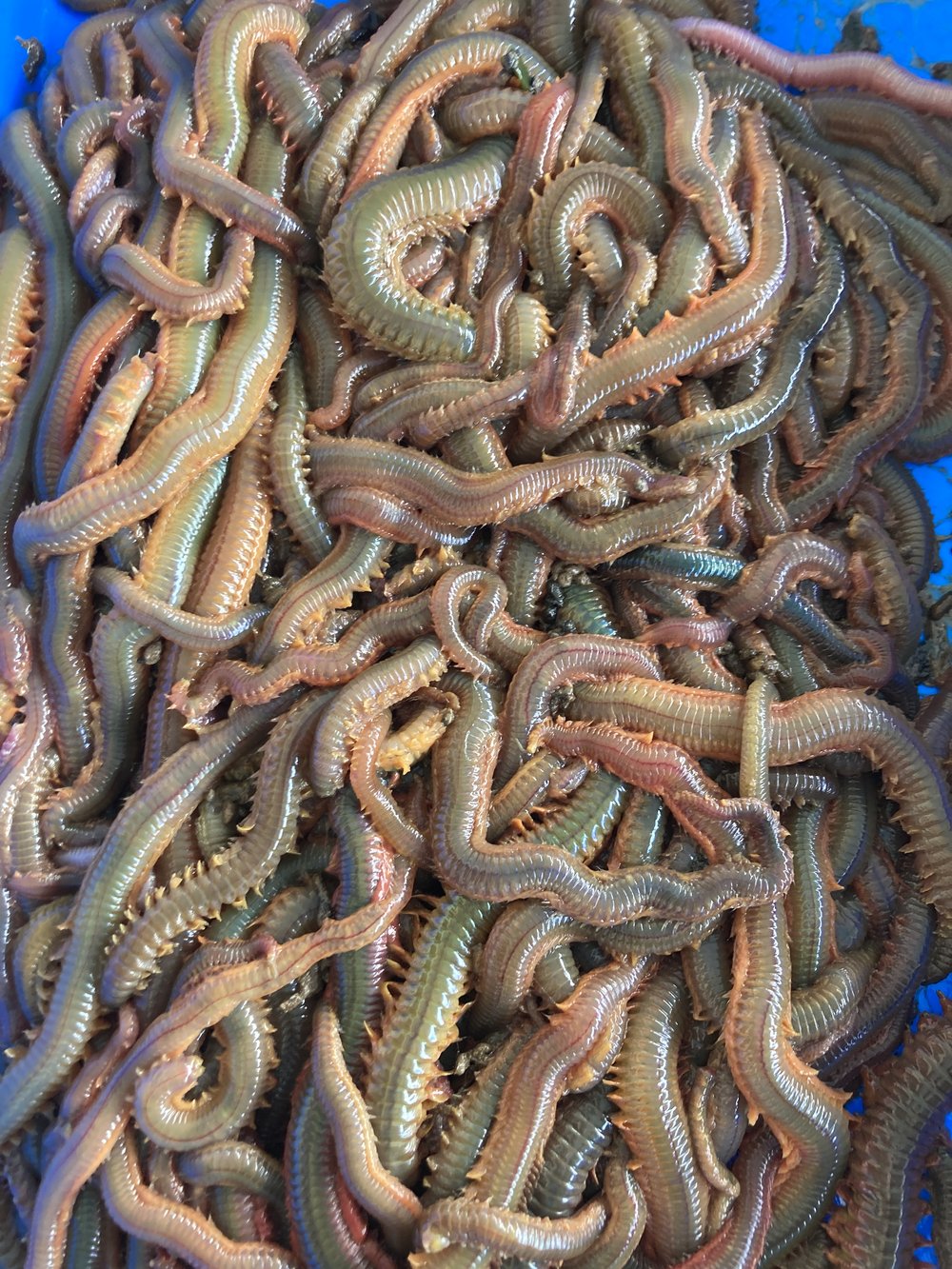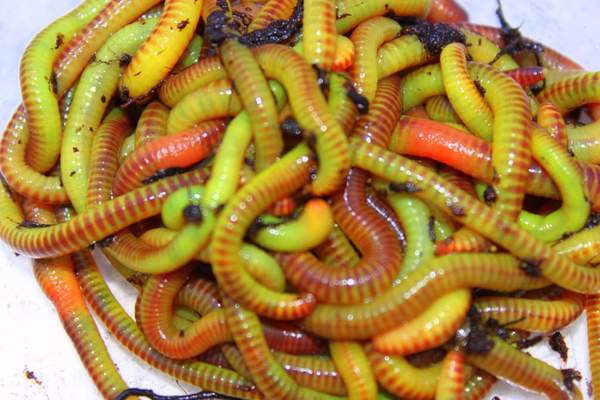Where To Find Red Wigglers Fundamentals Explained
Where To Find Red Wigglers Fundamentals Explained
Blog Article
See This Report about Where To Find Red Wigglers
Table of ContentsWhere To Find Red Wigglers for BeginnersWhere To Find Red Wigglers Fundamentals ExplainedHow Where To Find Red Wigglers can Save You Time, Stress, and Money.Where To Find Red Wigglers - An OverviewGetting My Where To Find Red Wigglers To WorkMore About Where To Find Red WigglersThe Buzz on Where To Find Red Wigglers
If you have a hard time locating them, attempt utilizing a shovel to dig right into the ground and damage the wet soil with your hands to find them (Where To Find Red Wigglers). Saturate your garden or lawn with water and look for your worms once it gets dark.After that, raise it making use of utilize and look for your worms inside the hole. Keep in mind that you might have to dig a couple of times prior to they show up. Do not forget to look under rocks, bricks, timber, and various other things you could find on the ground, as that's where worms typically live. Nevertheless, you need to beware when doing this as you might encounter dangerous pets under, consisting of snakes, spiders, and scorpions.
As soon as you catch numerous worms, you will certainly desire to dip your fingers right into sawdust to dry them and enhance your next grasp. Note that you should not eliminate as well lots of worms from one area as this can negatively affect that atmosphere. Put your worms into their bin and shop them in the fridge.
You can likewise utilize a pitchfork to draw worms in the air. Known as a worm grunting stick, this traditional approach includes sticking the pitchfork into the ground and after that rubbing it with a piece of metal or wood. The resonances that are produced imitate the audio of a mole, which triggers the worms to surface.
What Does Where To Find Red Wigglers Mean?
For lasting worm storage space, we suggest building a committed worm ranch. With any luck, you discovered numerous means to capture your worms the following time you need them after closing hours or when you're feeling as well lazy to get in the vehicle and drive several miles to the closest worm supplier!
This guide will present you to the red wiggler to include a much deeper on dive on the species and information on breeding, life process, and recreation. We'll talk concerning just how to keep red wigglers and why they ought to be the go-to worm for most composters. The red wiggler (binomial name: eisenia fetida) is the globe's most typical composting worm.
A research recommends that the two can generate hybrid offspring, a sensation which needs to otherwise be thought about impossible between a lot of worm varieties. Fun reality: The "fetid" part of the binomial name refers to what some claim is a fetid secretion the red wiggler uses to ward off predators. But I've been handling them for years and never noticed this! The composition of a red wiggler looks like that of various other typical earthworms; a long-segmented body begins at the sharp head and ends at a slightly-flatted tail.
The digestive tract is basic, beginning at the mouth where the worm begins to consume its food prior to passing it on the pharynx. The throat is a muscle section which imitates a pump to pull food into the mouth before pumping it out right into the esophagus. The esophagus is narrow and thin-walled and acts as the "waiting area" for the gizzard.
The Ultimate Guide To Where To Find Red Wigglers
Note: This requirement for grinding is why grit is recommended in a worm bin. The worm features no indigenous grinding capacity so the worm relies upon consumed grit to assist grind its food in the gizzard. The tummy is where the first chemical failure of food occurs with the help of a protein-busting enzyme.
The intestinal tract develops the lengthiest part of the worm and is where most of digestion occurs using enymatic processes. The spreadings at some point go through the anus at the end of the worm as pills covered with a biologically-rich mucous. (You're not consuming I really hope.) Red wigglers will link around each other, trading sperm through their skin.
Within 42 days, these baby worms will get to sexual maturity as evidenced by the appearance of the clitellum. A fully grown red wiggler can be expected to live in between one to 3 years (Where To Find Red Wigglers). The magnificent red wiggler may often be used as a lure worm for smaller sized fish or as a healthy protein source for chickens and reptiles
And as discussed over, they are the most usual composting worm in the globe. Instead, a combination of expense, strength, and comfort in a broad range of temperatures makes it the most appropriate composting worm for many new vermicomposters.
Where To Find Red Wigglers for Beginners
This is a typical practice among worm shippers that do not want to run the risk of having the worms sit in a warm or cool warehouse over the weekend. Worm farmers are not storing worms in a scenario where they prepare to ship. The worms have to be collected from their environment first, so farmers will usually establish a Friday or Saturday deadline in order to harvest in time for a Monday delivery.
To reduce shipping cost, you may intend to see if there are any neighboring "Mother and Pop" shops via a Google search. If you do not locate what you're looking for, then I welcome you to take a look at worms via the Urban Worm Firm! The amount of red wigglers you purchase need to be only reliant upon the surface you have readily available for vermicomposting.

Some Known Questions About Where To Find Red Wigglers.
For ideal results, you desire to shoot for regarding 60-70% wetness level. At the perfect moisture levels which is simply under 70% that handful should barely produce one decrease of fluid.
The European Nightcrawler, the larger relative of the red wiggler, is a knockout post simply as starved and also produces a great bait worm. Yet it chooses a little bit of a cooler setting than the red wiggler. The African Nightcrawler is a very big composting worm and makes an attractive, granular cast.
The Indian Blue is starved, but likewise chooses a warmer climate and it also exhibits a propensity to leave the bin. The red wiggler is a hardy worm and isn't as picky concerning its environment. I like to call it the Ford Taurus of vermicomposting worms; you will not brag to your hardcore composting friends that you possess them, yet they will offer you well.
Where To Find Red Wigglers Fundamentals Explained
As Tap demonstrated, a fishermen can do a good bargain to make a worm extra enticing.

Morning is prime feeding time, and the insubstantial bait's slow-moving descent leaves 5 inches of wriggling protein completely sight for fairly a while. After you've made the cast, maintain the bond open and placed the pole in a forked stick. The line will diminish the rod in sluggish loopholes as the worm resolves, however generally the slow loops will come to be a blur, and the morning will unexpectedly get instead intriguing.
You can fish deep and cover a great deal of territory, and the spider seems to be the best touch for this transitional time, when the smallmouths have yet to lock on to a preferred forage. Dark jigsblack, brown, and purpleseem to match the nightcrawler's shade. I normally use a whole 'crawler, prefer marabou dressing, and go down the pole for 2 or three seconds when I obtain a hit.
Not known Facts About Where To Find Red Wigglers
If it's there, established the hook with a move rather than a jerk. When in a while you'll find on your own hooked to those slow, hearty yanks, and feel the weight of a nice walleye.
Report this page